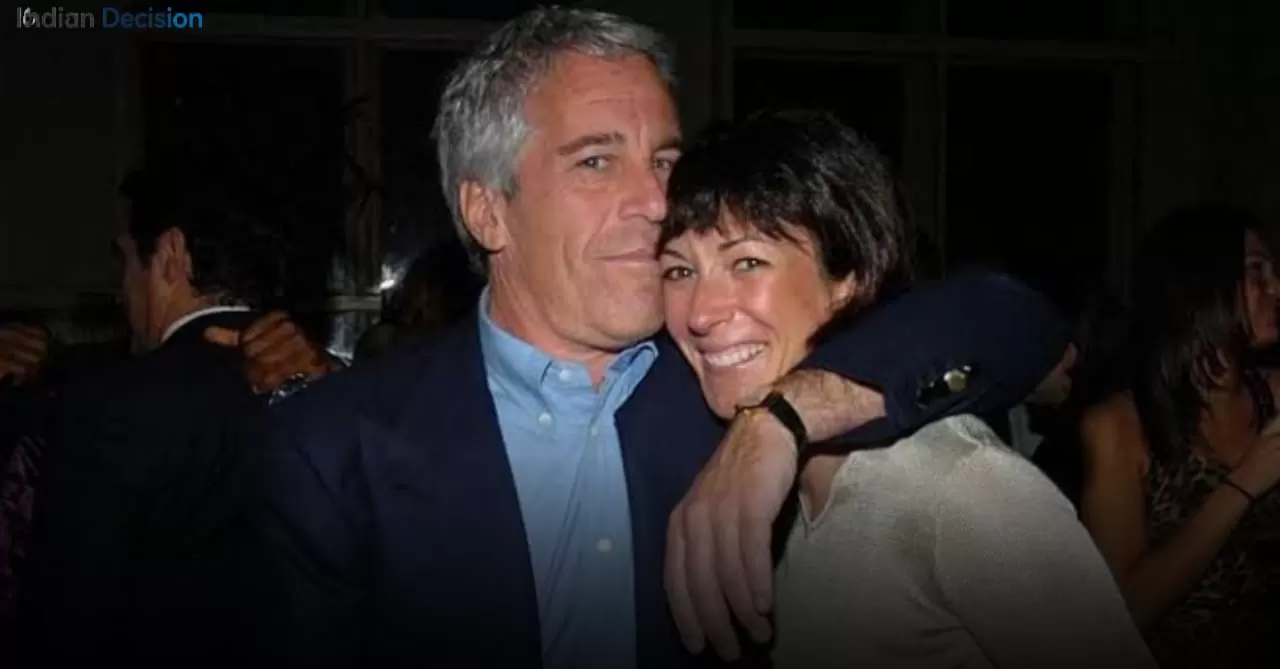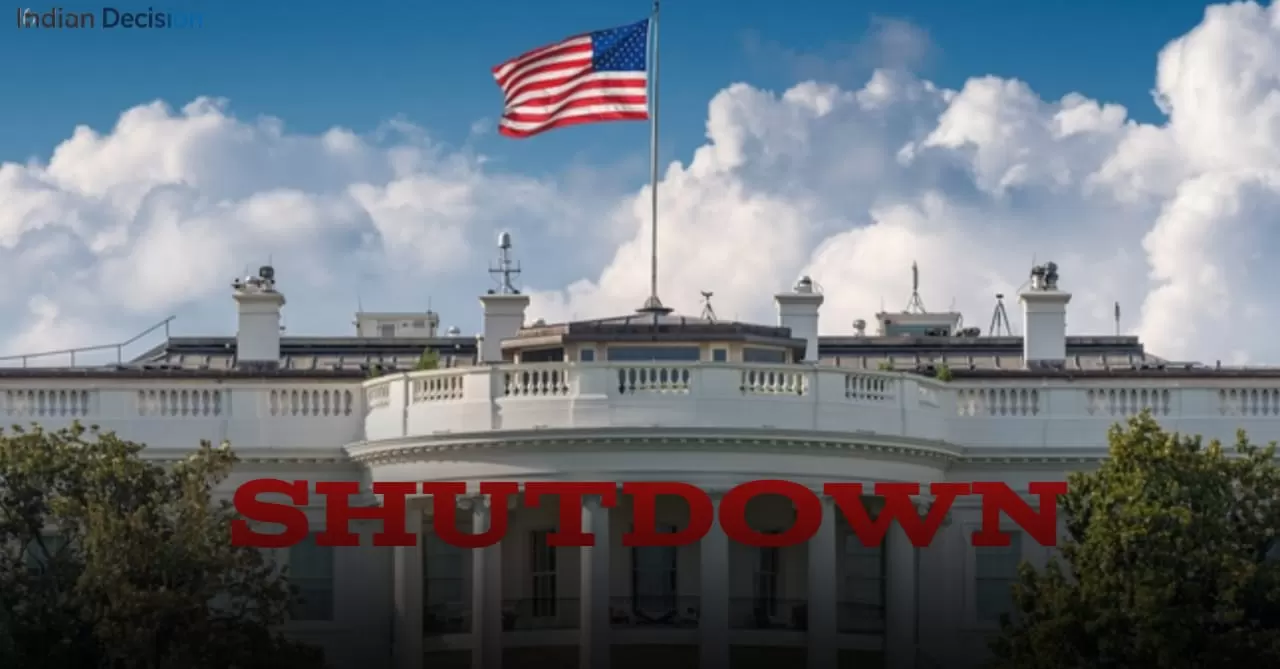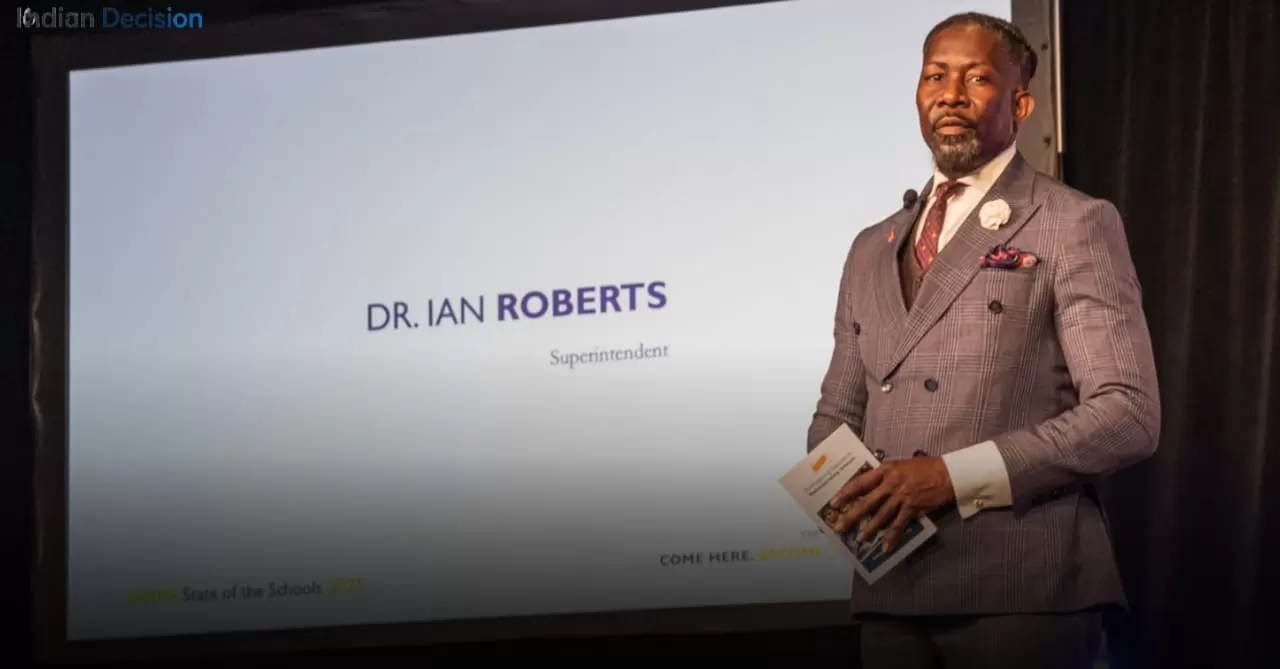Epstein Files Released: What Was in the Documents and How Trump’s 2pm Announcement Connects
The House Oversight Committee has made public more than 33,000 pages of records related to Jeffrey Epstein, ranging from flight logs and federal filings to surveillance footage excerpts. The release, which came today, coincided with a scheduled Oval Office announcement by President Donald Trump at 2 p.m. Eastern. The timing has amplified public scrutiny, linking two high-profile events into one news cycle.
What the Epstein Files Include
According to committee officials, the tranche spans 33,295 pages. These documents feature court filings, redacted witness statements, and prison surveillance videos, including one cell-block clip that shows a minute of footage not present in earlier public versions. While personally identifying information of victims has been largely removed, many argue the material leaves more questions unanswered than resolved.
Some of the most discussed pieces include detailed travel logs from Epstein’s private planes, correspondence between Epstein and government offices, and financial transaction summaries. Analysts note that, although the majority was expected, several documents contain fresh details that may support renewed investigations.
Why Lawmakers Want More
Representative Thomas Massie has been among the most vocal advocates for full transparency. He has filed petitions demanding a broader disclosure, emphasizing that partial releases risk fueling speculation rather than providing clarity. Massie argues that Congress cannot close the chapter on Epstein without a complete record. His push has gained traction with members of both parties, some of whom are drafting legislation to mandate the release of all non-sensitive files.
Other lawmakers point out that unanswered questions linger about Epstein’s associates, international travel, and possible connections to political or business figures. They argue that a full release could help investigators and the public piece together the larger network.
Victims’ Response and Today’s Press Conference
Advocacy groups and survivors reacted quickly after the committee posted the files. Several victims gathered in Washington, D.C., announcing a press conference and march calling for accountability and greater transparency. Their message is straightforward: redactions should not be used to shield powerful names.
“We deserve to know the truth, and the American people deserve honesty,” one survivor said in prepared remarks. Their presence at the Capitol underscored that, even with thousands of pages now public, the fight for full disclosure is far from over.
Media Coverage and Political Ripples
Major outlets including the Wall Street Journal highlighted that certain high-profile names appear in the files. While not all references suggest wrongdoing, the Justice Department reportedly informed the president earlier that his name appears in some documents. That revelation has injected new political heat into an already charged debate.
Coverage across U.S. and international media stressed the dual narrative: the legal implications of the files themselves and the political consequences of their timing. Critics argue the release was orchestrated to overshadow or align with the White House announcement, though committee leaders deny any coordination.
Why Trump’s 2pm Oval Office Address Drew Attention
The president’s televised remarks at 2 p.m. Eastern were closely watched. While billed as a standard presidential update, the overlap with the Epstein document release fueled speculation. Reporters packed into the West Wing briefing room, many waiting to see if Trump would address the files directly or sidestep them.
According to early reports, the address focused primarily on defense and national security. However, journalists noted that the president’s appearance came just hours after victims’ advocates rallied outside Congress. Even without direct references, the timing ensured the two stories would be linked in coverage across outlets like Reuters, CBS, and CNN.
What Happens Next
- Congressional committees may hold hearings on the release, pressing the DOJ about redaction decisions.
- The Senate’s response is uncertain, but some members have signaled support for transparency legislation.
- Advocacy groups are expected to keep pressure on lawmakers, potentially driving bipartisan action.
- Investigators will analyze whether new names or details could inform ongoing cases.
In the weeks ahead, much will depend on whether lawmakers succeed in compelling additional records. The Oversight Committee has indicated that more tranches could be made available, but has not committed to a timeline.
How to Access the Files
For those who want to examine the materials themselves, the Oversight Committee has posted the documents on its official website, alongside explanatory notes. Outlets such as Reuters and CBS are maintaining live briefings, with summaries and expert commentary. Analysts caution readers to approach the files with care, as context is essential for understanding their significance.
Frequently Asked Questions
Q: How many pages were released?
Roughly 33,295 pages, according to the Oversight Committee.
Q: Could this trigger prosecutions?
While congressional inquiries are likely, prosecutions depend on the Department of Justice’s review and whether new evidence emerges. Several lawmakers have pledged to push the DOJ for answers.
Q: How significant is the missing video minute?
Experts say it could be crucial if it clarifies inconsistencies in earlier footage, but without full context it is impossible to draw conclusions.
Conclusion
The release of the Epstein files today marks a turning point in one of the most closely watched sagas in recent U.S. history. For victims, advocates, and lawmakers, it is progress but not closure. As more names surface and questions linger, pressure will continue to mount on both Congress and the Justice Department to deliver the full truth. Until then, the files will remain a focal point of public debate and political maneuvering.







